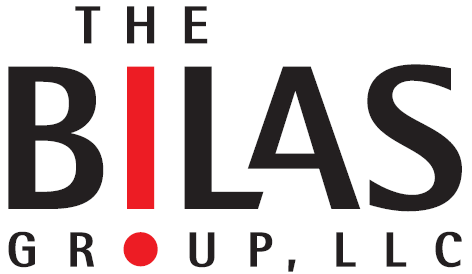The TWI Learning Center is designed to be used by the novice who’s never heard of TWI, or the more experienced practitioner looking for advanced delivery techniques or implementation strategies to help take their clients to the next level of performance. We encourage you to explore the site and give us your feedback.
You can start by checking out our latest TWI blog posts.
What is TWI?
Training Within Industry – TWI – is a complete productivity improvement program. Developed during World War II, it was designed to boost our industrial productivity to meet our war production needs. TWI initially consisted of three main delivery programs (called J-Programs) – Job Relations (JR), Job Instruction (JI), and Job Methods (JM). Each J-program was centered on a 4-step method, taught in groups of ten over five two-hour sessions. The training required hands-on demonstration of the skills being taught. Additional J-programs were added in subsequent years to fill gaps in leader and employee skill levels. Specifically, Job Safety (JS) and Job Problem Solving (JPS) were added to address skill development in those areas.
What Is TWI’s Purpose?
Leader Needs And J-Programs
- Knowledge of the Work
- Knowledge of Responsibilities
- Skill in Leading -> Job Relations (JR)
- Skill in Instructing -> Job Instruction (JI)
- Skill in Improving Methods -> Job Methods (JM)
TWI’s primary purpose was to improve industrial productivity during World War II, a time when many leaders and skilled craftsmen were leaving their jobs to fight in the war. Short-handed and faced with growing demands for war supplies, the creators of TWI identified five needs of good supervisors. TWI’s purpose focused on developing the three skill needs – skill of leading, skill of instructing, and the skill of improving methods.
The J-Programs of TWI were introduced in over 10,000 organizations during WWII and many credit it with enabling the US to successfully supply its troops and win the war. Training during the war was targeted at supervisors, but in today’s environment of flatter organizations and greater spans of control, these needs are required of not only the formal leaders, but also the informal leaders of the workforce. TWI can do the same for today’s organizations competing in today’s markets as it did for the country in WWII. After 6 decades, the purpose of TWI remains the same – to increase the productivity of organizations by developing the three basic skills required of leaders.
How Can TWI Be Used Today?
TWI can be your organizations integrated continuous improvement program. JR can help develop your leaders, while JI can be the tool to train/cross-train your workforce to meet shifting demands. JM fills the need to continuously review and improve your processes and procedures to deliver the most from your machines, materials and manpower – now and without major capital expenditures. TWI can be the foundation of your continuous improvement program. It is an enabling tool for implementing lean or six sigma or TQM. Several authors have called it the foundation to lean thinking, having been introduced to Toyota in the earlier 1950’s with JI still be used as the training method for all their line tasks. The key to its enduring power and success is that it addresses the technical, human and leadership systems of an organization.
Components can be applied individually to meet specific needs such as using only JI to train new hires, or cross training for flexibility in meeting shifting customer demands or retraining to reduce defects. JR can be used to help solve just people issues and change the very culture of the organization as it helps people find and solve root causes of the issues versus finding and assigning blame for the outcomes. Lastly, JM can be used to improve the processes, procedures, and methods used in production, whether your production is on the shopfloor, in an office, or at the customer’s location performing a service. Often organizations find that introduction of one J-Program uncovers a need for another J-Program. For example, using JI teaches the person the correct way to do a job, but sometimes people refuse to follow the method which uncovers the need for JR training to address those issues.
What Are The Benefits Of TWI?
The benefit of implementing all of the J-programs will be first and foremost, improved productivity. TWI was designed to improve productivity and it delivers. There are numerous secondary benefits, some of which are outlined below.
- Improved Morale – People know their jobs and their leaders are skilled in leading them. They can also use JM to make their jobs easier and improve their performance.
- Improved Safety Performance – Well-led, trained team members adept at improving their processes have been shown to perform more safely.
- Improved Employee Engagement – With JI, TWI gives your experienced workers the tools to train your teams, with JM all of your employees will have the ability to identify, propose and implement process improvements and with JR, your leaders will be able to lead your people in continuously improving their own work areas. Through TWI, your people can be empowered to improve their work.
- Develop Your Leaders and Bench – TWI and it’s focus on the fulfilling the skill needs of leaders will help you develop your current leaders and start preparing those informal leaders for greater roles in the future organization.
- Change Your Culture – TWI, focusing on root causes and not symptoms, can take your organization from a blame culture to one of continuous improvement.
Call or e-mail us to explore how TWI might help your organization.
